Create a Flower Meadow with Seed Mat – Step-by-Step Guide 🌼
Dreaming of a vibrant flower meadow that attracts bees, butterflies, and other pollinators?
With a seed mat, creating your own meadow is easy – even with no prior gardening experience.
We’ll show you exactly how to do it, when to start, and how to care for your meadow for the best results.
Why Choose a Seed Mat for Your Flower Meadow? ✅
A seed mat is a smart solution where flower seeds are evenly distributed in a biodegradable fabric. It ensures even germination, protects the seeds from birds, and makes sowing easier than ever.
Benefits of Using a Seed Mat:
- Easy to lay out – perfect for beginners
- Even distribution of seeds
- Requires less work than traditional sowing
- Higher chance of successful establishment
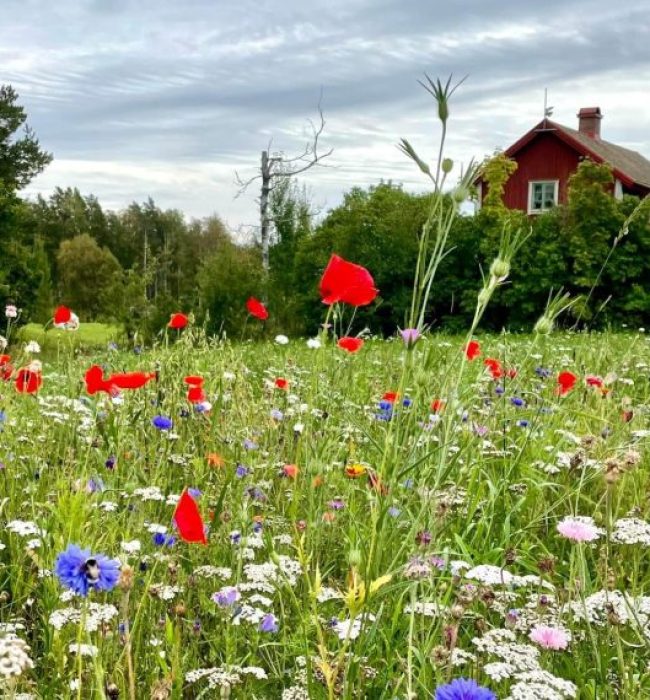
What Does a Flower Meadow Need to Grow and Thrive?
To create a vibrant, colorful, and sustainable flower meadow, four basic factors are essential — in the right balance:
☀️ Sunlight | 💨 Well-aerated soil | 💧 Water | 🌱 Nutrient-poor soil
How to Create a Flower Meadow with a Seed Mat – Step by Step 📍
1. Choose the Right Location
- Sunny or partly shaded locations
- Poor, well-drained soil
- Areas free from competing grass or weeds
2. Prepare the Soil
- Remove grass, weeds, and roots
- Loosen the soil with a rake or tiller
- If needed: add sand (for heavy soil) or compost (for poor soil)
3. Lay Out the Seed Mat
- Roll out the mat evenly on the ground
- Trim edges and corners as needed
- Press down gently and water thoroughly immediately afterward
4. Water Regularly
- Keep the seed mat consistently moist for the first 2–3 weeks
- Avoid walking on the mat until the plants start to establish
5. Care for Your Flower Meadow
- Let the flowers fully bloom and set seed
- Mow the flower meadow for the first time in late summer (August–September)
- Leave the cut plant material on the ground for a few days before removing it

1. Planning
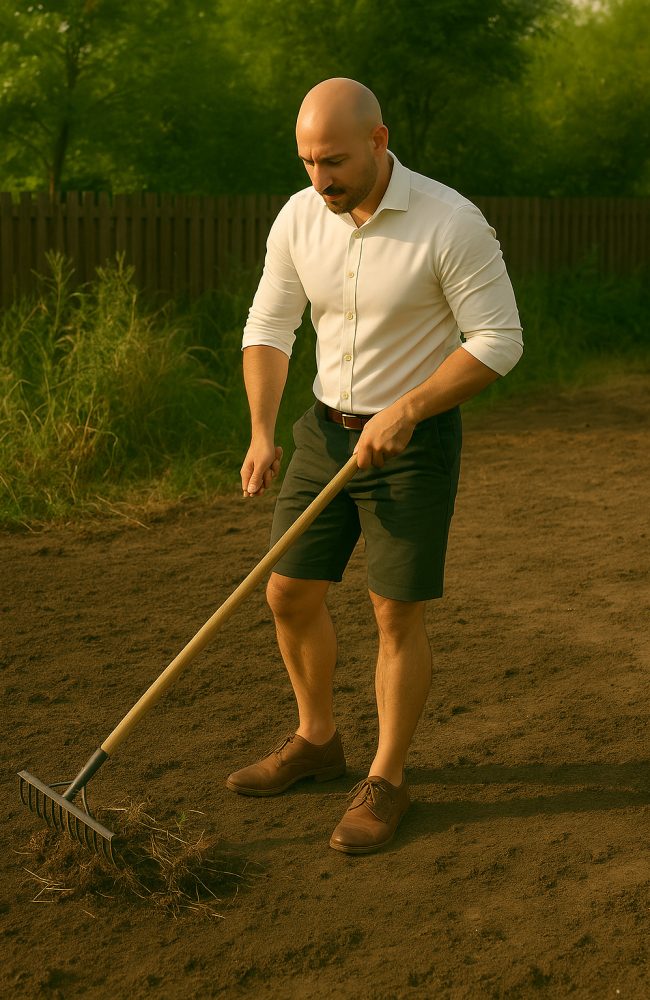
2. Soil Preparation
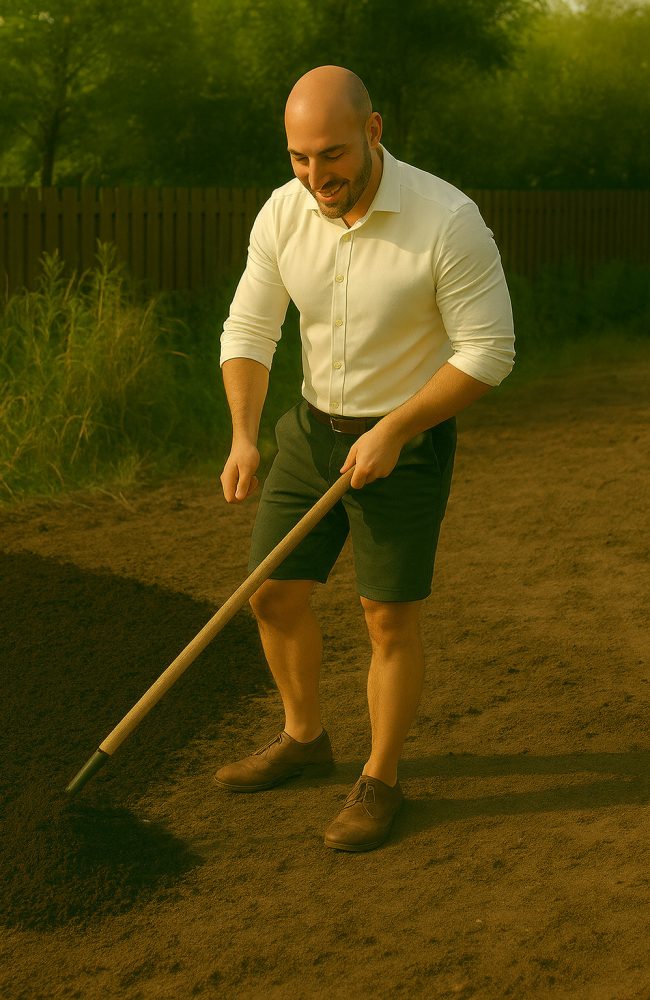
3. Build Your Soil Base
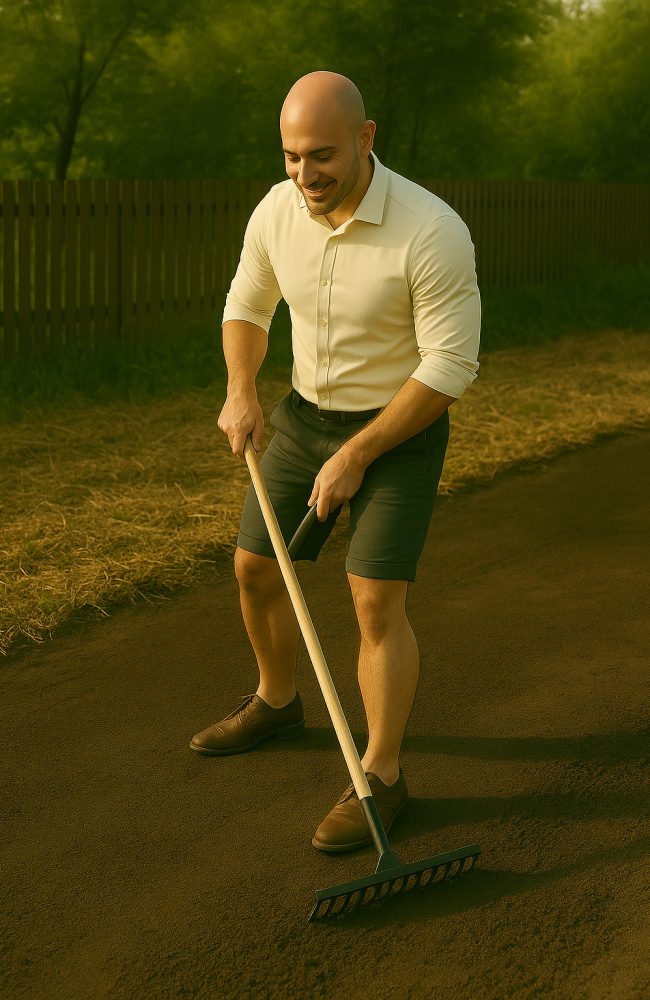
4. Level and compact the soil
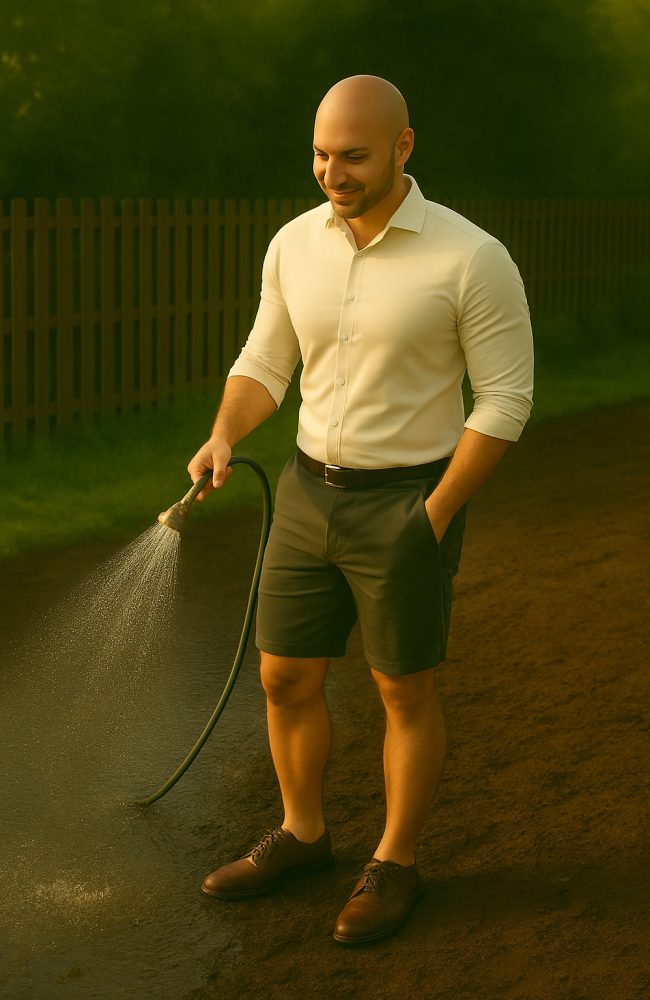
5. Water the Soil
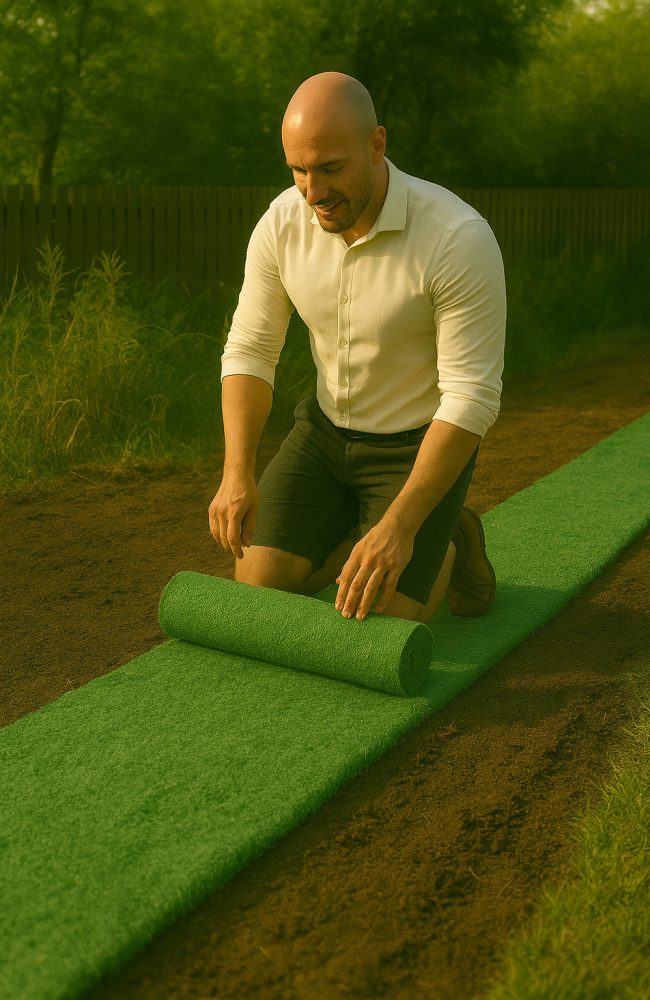
6. Unrolling
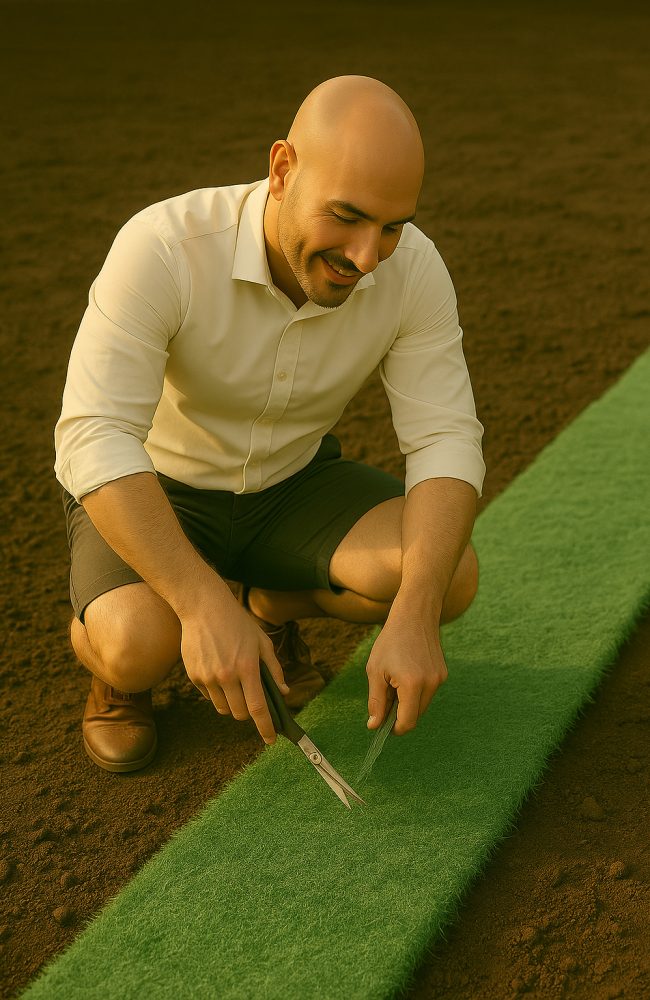
7. Shape and Adjust
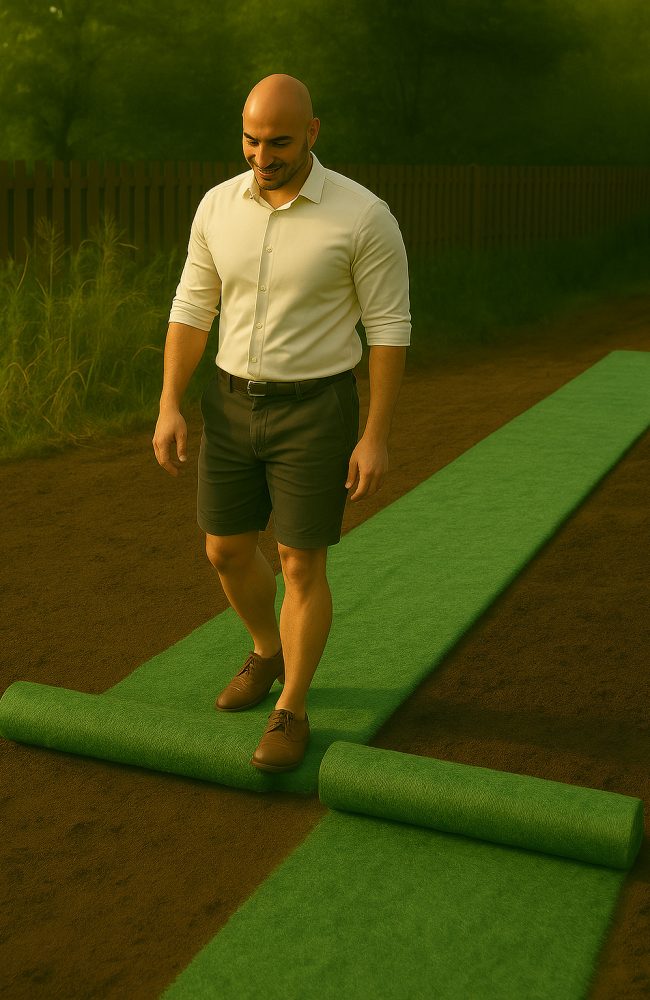
8. Seam-Free Installation
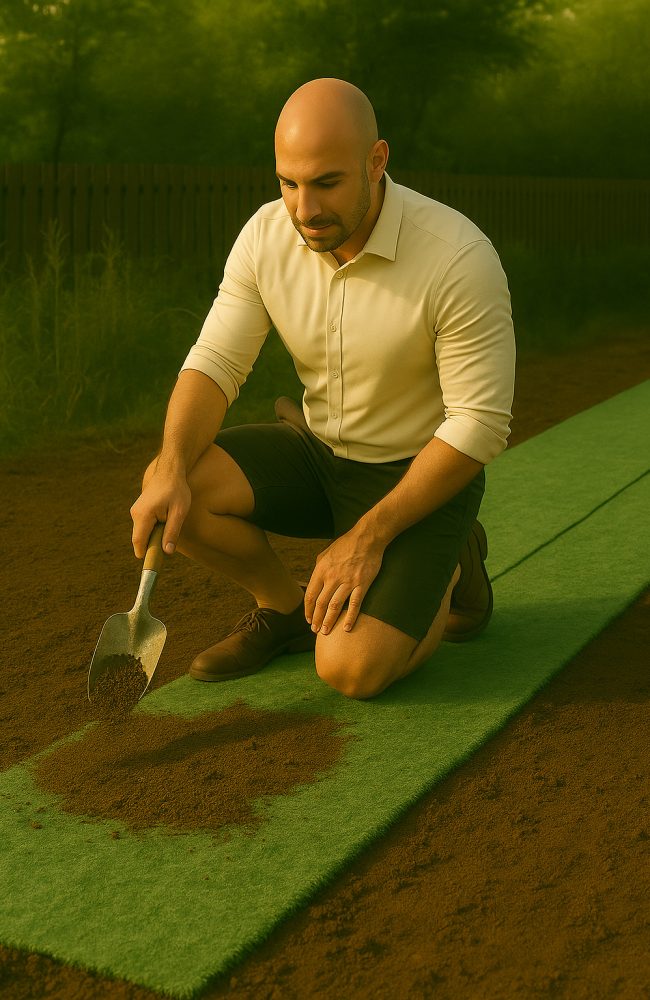
9. Light Soil Covering
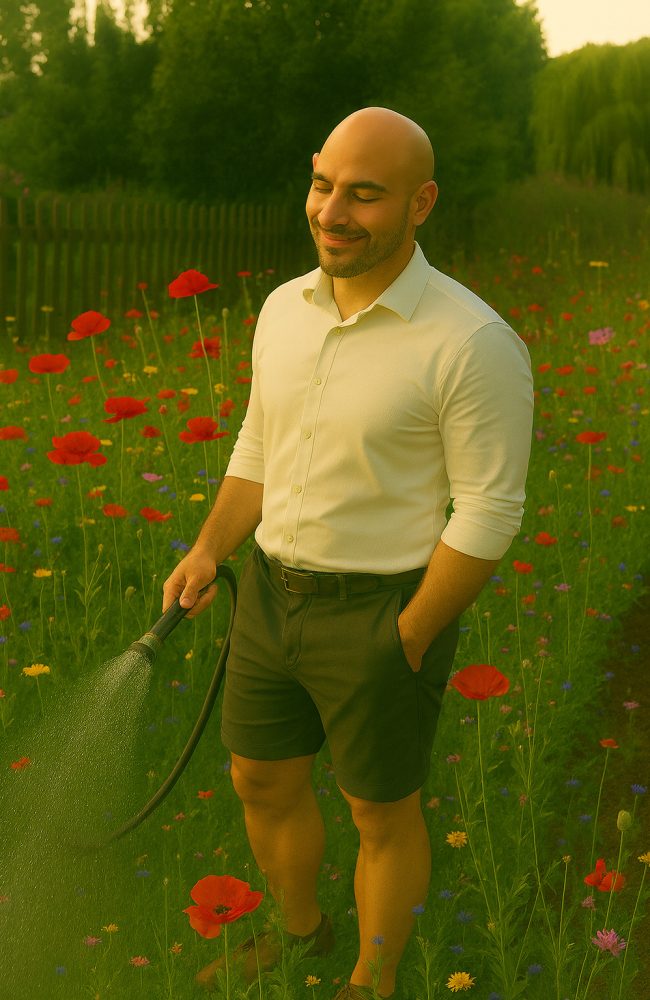
10. Water Daily

11. Watch the Results Grow

12. Maintenance & Tips
✅ Extra Tips for Best Results
✔ Choose the Right Time of Year:
✔ Avoid walking on the mat:
✔ Keep moisture consistent:
 Avoid Fertilizing at the Start:
Avoid Fertilizing at the Start:
✔ Adjust for slopes:
✔ Be Patient:

When is the best time to establish a flower meadow? 🗓️
|
Sowing Time
|
Advantages
|
Blooming
|
|---|---|---|
|
Spring (Apr–Jun)
|
Fast germination, flowering in the same year
|
About 6–8 weeks after sowing
|
|
Autumn (Sep–Oct)
|
Requires less watering, natural stratification
|
Flowering the following year
|
Create Biodiversity in Your Garden 🐝
A flower meadow is not only beautiful – it makes a difference for the environment. By creating a meadow, you help:
- Bees and bumblebees find food
- Butterflies to spread and thrive
- Birds to find shelter and insects to feed on
Tips for Extra Success 💡
- Choose a seed mat with Swedish meadow flowers
- Avoid fertilizer – poor soil encourages better flower display
- Water regularly until the plants are established
- Don’t mow too early – let the flowers set seed
Frequently Asked Questions About Biodegradable Wildflower Seed Mats, answered!
1. When is the best time to install a biodegradable wildflower seed mat?
2. Do biodegradable seed mats work in shaded areas?
3. How long does it take for flowers to grow after installing the mat?
Seeds typically germinate within 7–21 days, depending on the species and weather. Expect first blooms in 6–12 weeks.
4. Do I need to remove the mat after the flowers grow?
No. The mat is fully biodegradable and will naturally break down into the soil, enriching it as the plants establish.
5. How often should I water a biodegradable seed mat?
6. Can I use the mat on poor or uneven soil?
7. Will the wildflowers come back every year?
It depends on the mix in the mat. Some mats contain annuals (bloom in the first year only), others have perennials (return each year), and many have a mix of both.
8. Do biodegradable mats need fertilizer?
9. Will the mat prevent weeds?
Yes the mat acts as a natural weed barrier during the germination stage, helping wildflowers establish without competition.
